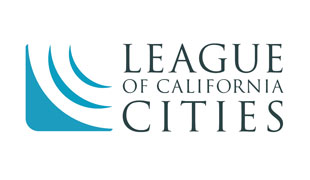Expanding infrastructure in record time.
Bringing critical infrastructure to communities.
Data consumption is on the rise—and shows no sign of slowing down. As forward-looking cities and municipalities look for ways to add the capacity they need to attract businesses and keep residents happy and connected, many are turning to microtrenching. It’s a fast, minimally invasive way to bring critical fiber infrastructure to new areas and communities.
Why cities are choosing microtrenching.
Many cities are turning to microtrenching as an effective way to quickly install fiber without causing disruption to everyday life. These are many of the benefits that lead them to favor it over traditional methods.
Where microtrenching is happening.
Microtrenching is an established process that is being used in cities throughout the United States. Select a city to see how microtrenching has been deployed to benefit businesses and communities.

El Paso, TX
El Paso was an early adopter of microtrenching, with our first project starting back in 2014.

Miami-Dade County, FL
Miami-Dade has continued to pave the way for new innovations with approximately 900 linear feet of new fiber in 2019.

Dallas, TX
In the city of Dallas, we’ve microtrenched 24 small cell node laterals, which translates to approximately 2,750 linear feet of fiber.

Los Angeles, CA
We're working with the City of Los Angeles to deploy 40 miles of fiber in under eight months, with more planned for the future.

New York, NY
One of our first microtrenching projects was in New York back in 2010. Since then we’ve completed an estimated 750 small cell nodes and 220,000 linear feet of fiber.

Altoona, PA
Altoona has shown how small cities can also benefit from microtrenching. So far in 2020, we’ve completed approximately 500 linear feet of fiber.
Microtrenching by the numbers.
This public private partnership has been a win-win for the City of Los Angeles. Using creativity, technology and innovation to tackle this infrastructure challenge will result in long-term benefits for all Angelenos.
Dive deeper.
We’ve gathered several resources to help you better understand microtrenching.
A commitment to innovative deployment.
Microtrenching is just one way we’ve worked with customers and over 700 municipalities over the last 30 years to deploy much needed communications infrastructure. From advanced fiber solutions to small cells, we can help you find fast, innovative ways to bring the essential connectivity you need to grow, attract businesses and be ready for tomorrow’s most transformative innovations.








